The History, and Uncertain Future, of Brownstone
Yesterday the New York Times ran an interesting piece on the closing of the last brownstone quarry, Portland Brownstone Quarries, which provides the material for New York City’s brownstones. Here’s a little history: brownstone (actually just a brown sandstone) became the material of choice for rowhouse developers starting in the first half of the 19th…
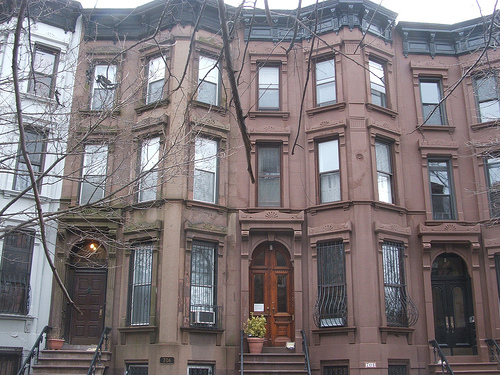

Yesterday the New York Times ran an interesting piece on the closing of the last brownstone quarry, Portland Brownstone Quarries, which provides the material for New York City’s brownstones. Here’s a little history: brownstone (actually just a brown sandstone) became the material of choice for rowhouse developers starting in the first half of the 19th century. The soft stone was easy to carve but also liable to crumble, crack and flake. “By the late 19th century, people were already complaining about this,” said Andrew S. Dolkart, director of the historic preservation program at Columbia University. The stone eventually lost favor, and by the 1940s, the the Portland quarries, which are located near the Connecticut River, stopped producing. But in the mid-’90s, a geologist reopened Portland Brownstone Quarries and became one of the few brownstone suppliers in the world. He slices slabs of the stone off a wall that the Times says is 20 feet high and 650 feet long. He’s decided to put the land up for sale after helping with the preservation of many historic buildings in New York, including Cooper Union. And while some fabricators are stocking up, the high cost and poor durability of the stone have led most homeowners to use brown-colored cement-based alternatives on their brownstones. Have any readers out there worked extensively with brownstone? Think it’s an integral element to New York City streets or easily replaceable?
Bidding Farewell to a City’s Precious Stone [NY Times]
Photo by cfarivar

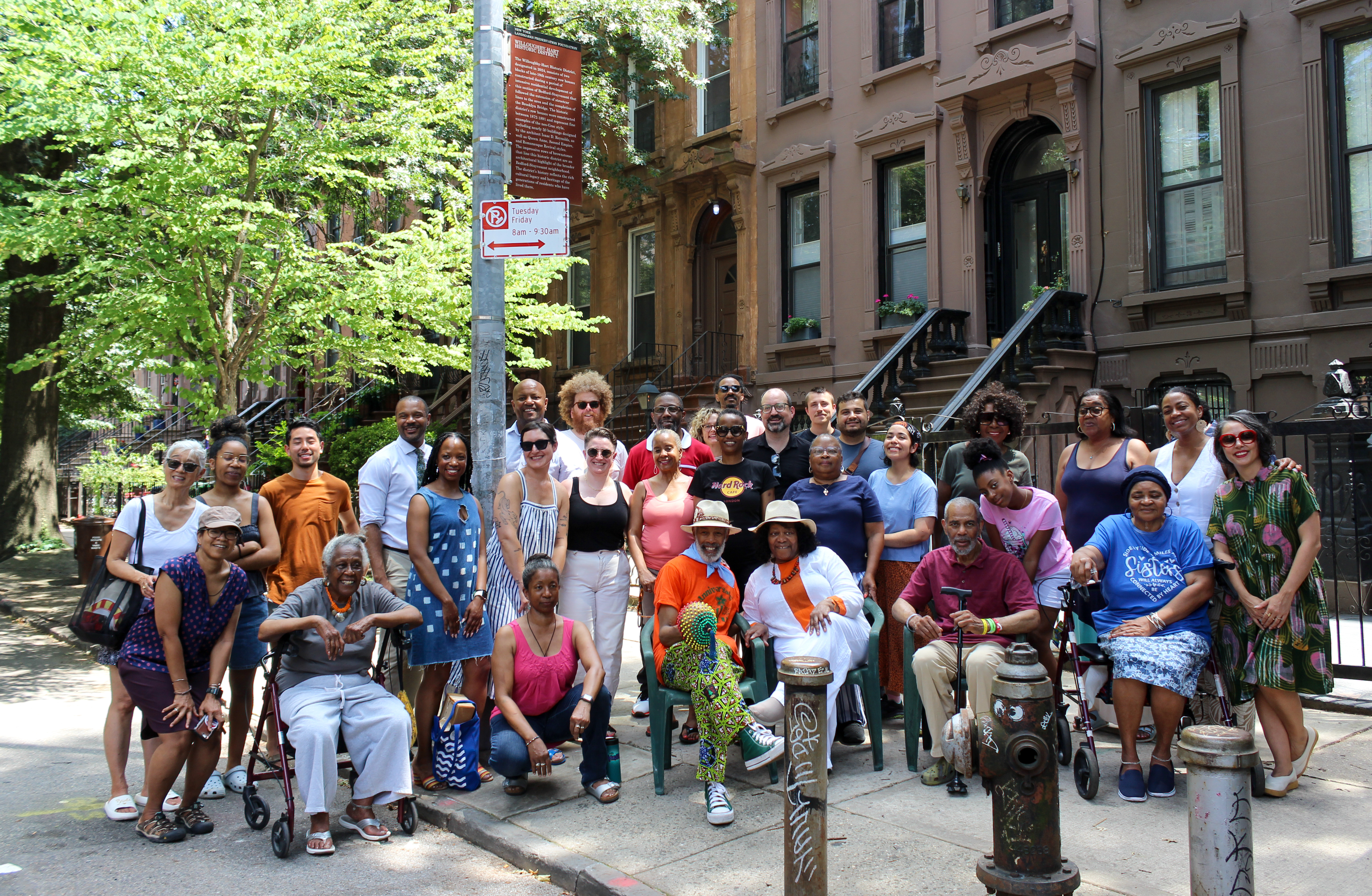
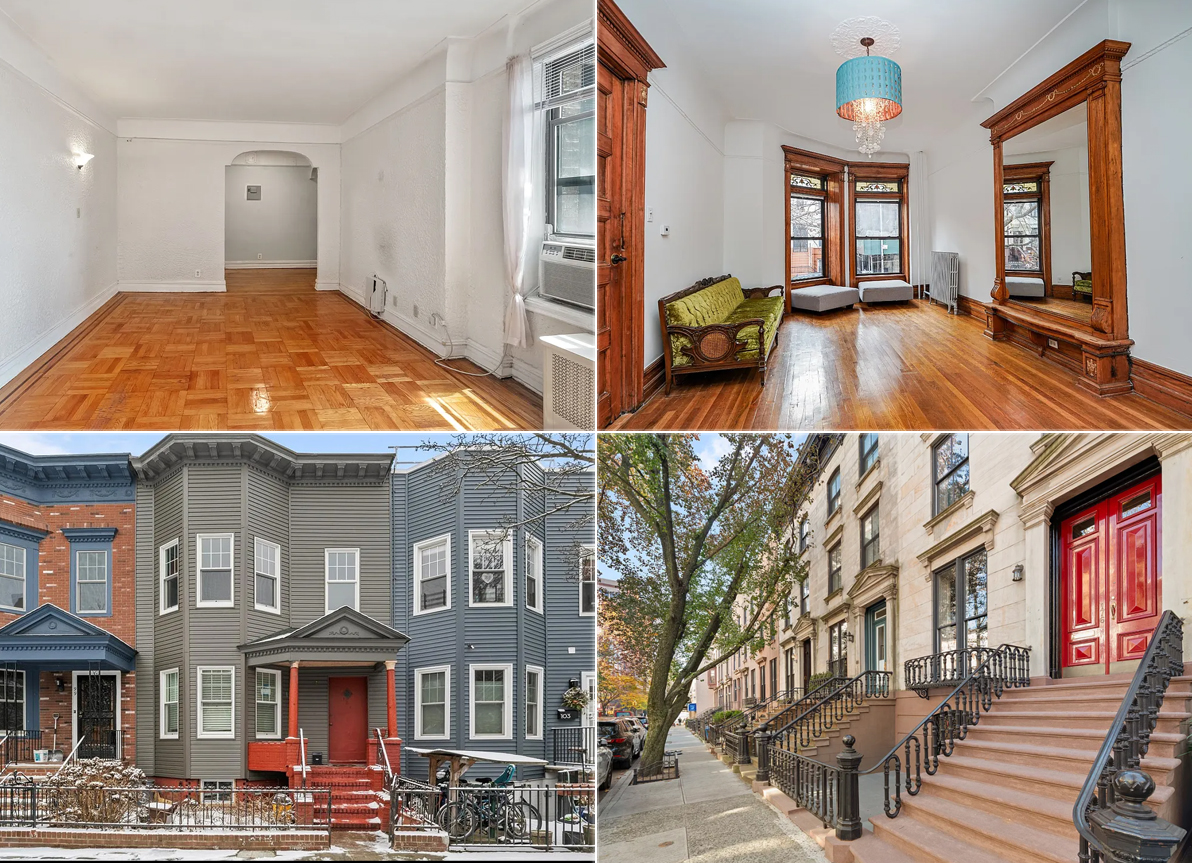
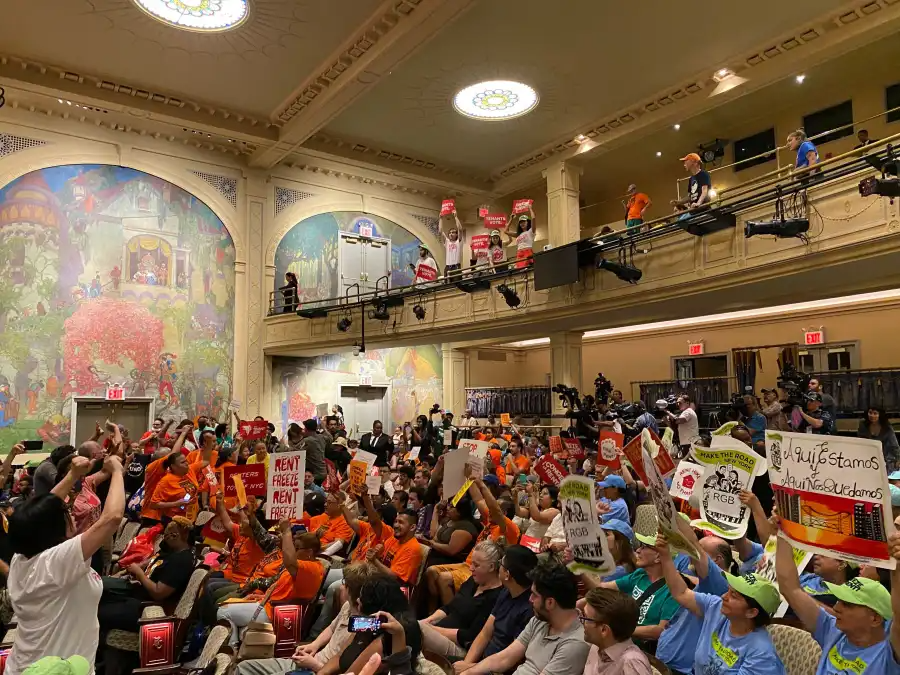
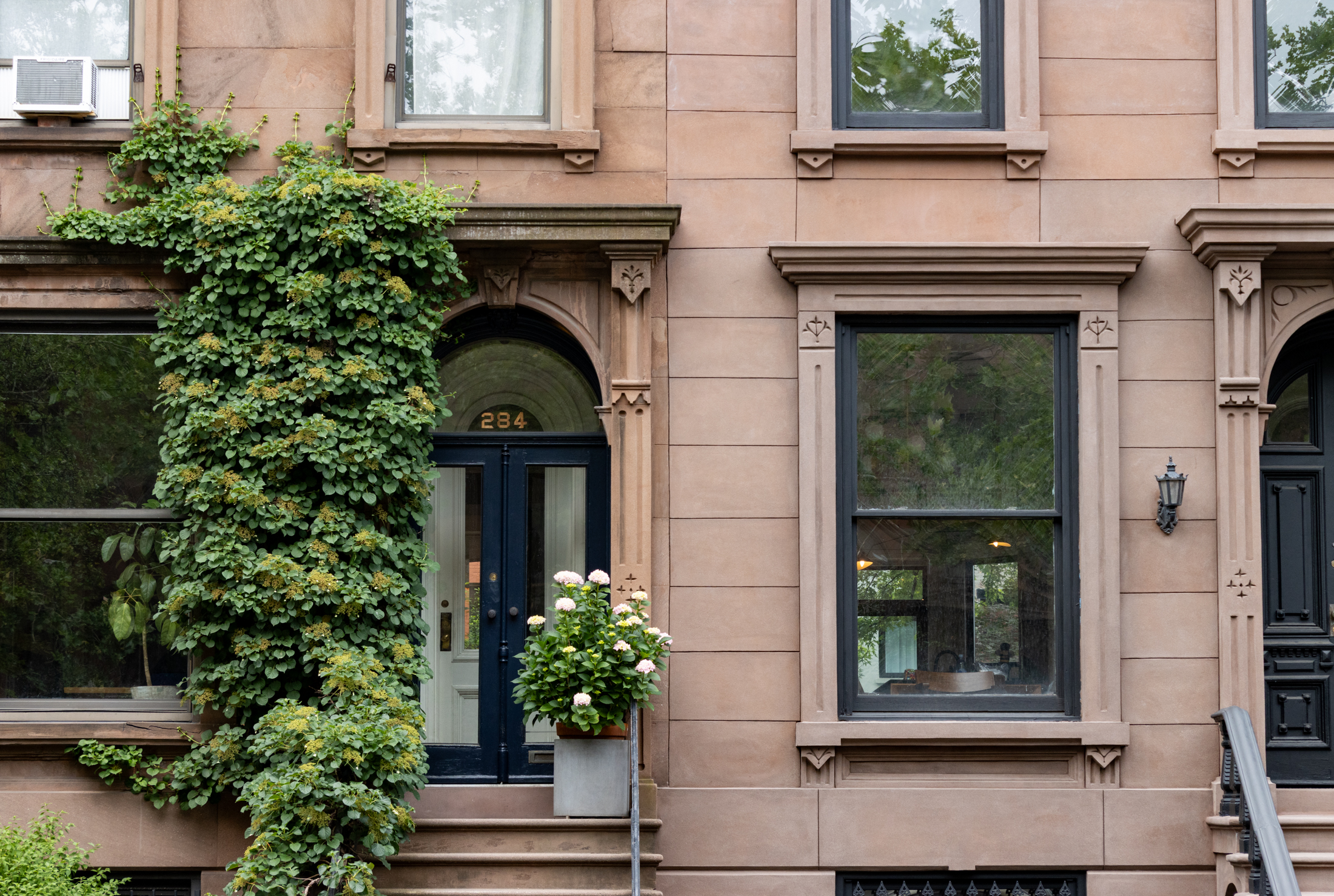
What's Your Take? Leave a Comment